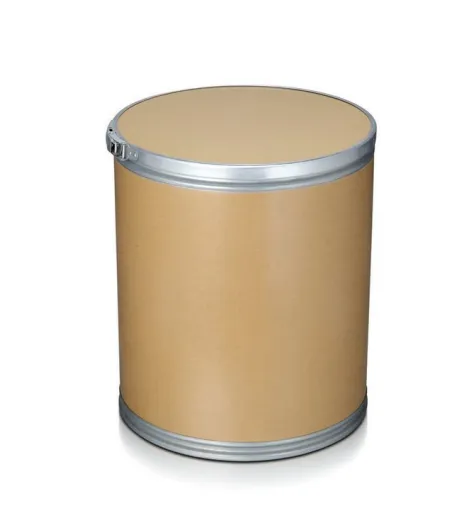Exploring the Innovative Mica Processing Techniques for Sustainable Applications
The Mica Process Extraction, Processing, and Sustainability
Mica, a naturally occurring mineral, is prized for its unique properties and has widespread applications in industries ranging from cosmetics to electronics. The mica process, encompassing extraction, processing, and sustainability efforts, is a complex yet fascinating journey that reveals both the mineral's benefits and the ethical challenges associated with its sourcing.
Extraction
The extraction of mica primarily involves mining, which can be categorized into two methods natural and synthetic. Natural mica is predominantly mined in countries like India, Madagascar, and China. Open-pit mining is the most common method, where the topsoil is removed to expose the mica-bearing rock. Miners then extract the mica flakes, which vary in size and quality. This method, while effective, raises serious environmental concerns. Deforestation, loss of biodiversity, and soil erosion are grave consequences. Moreover, the labor practices associated with mica mining can be deeply troubling, particularly in regions where child labor and unsafe working conditions are prevalent.
In contrast, synthetic mica is engineered in laboratories and offers a more controlled and sustainable alternative. While it may not have the exact same properties as natural mica, synthetic mica serves as a viable substitute in many applications. This method does not involve the environmental degradation associated with traditional mining, positioning it as a more ethical choice.
Processing
Once extracted, mica undergoes several processing stages to refine and enhance its properties. The raw mica is first crushed and ground into fine particles, an essential step for its integration into various products. Depending on the intended use, it can be purified to remove impurities, enhancing its value. For instance, in the cosmetics industry, high-purity mica is preferred for its shimmering and reflective qualities used in eyeshadows, blushes, and other beauty products.
mica process

Additionally, different processing techniques can alter the appearance and characteristics of mica, such as the production of high-quality flakes or powders. This versatility makes mica a desired ingredient across multiple sectors, including construction, automotive, and electronics, where it is used in insulation and as a filler material.
Sustainability and Ethical Sourcing
Given the environmental and ethical issues surrounding mica extraction, there is a growing movement towards sustainable practices in the mica industry. Organizations and advocacy groups are working to promote responsible sourcing and improve the living conditions of mining communities. Initiatives focus on establishing supply chain transparency, ensuring that companies can trace their mica back to its source, thereby reducing the risk of child labor and exploitation.
Moreover, sustainable mining practices that minimize environmental damage are gaining traction. These include implementing land reclamation projects post-mining and using advanced technologies to decrease waste. Additionally, companies are encouraged to invest in communities affected by mica mining, offering education and alternative livelihoods to mitigate dependency on mica extraction.
Conclusion
The mica process is a multifaceted journey that highlights the mineral's indispensable role in modern industries while underscoring the pressing need for ethical sourcing and sustainable practices. As the demand for mica continues to grow, so does the responsibility of industries and consumers alike to ensure that this valuable resource is obtained in a manner that respects both people and the planet. By supporting sustainable initiatives and seeking transparency in the mica supply chain, we can contribute to a future where the benefits of mica are enjoyed without compromising ethical standards or environmental health.
-
Transforming Surfaces with Mica-Enhanced Paints in Coatings and DecorationNewsJul.02,2025
-
The Ultimate Guide to Mica-Based Luminous Colors with Pearlescent PigmentNewsJul.02,2025
-
The Critical Role of Mica in Industrial Applications in Welding and Oil FieldsNewsJul.02,2025
-
Revolutionizing Automotive Aesthetics with Modified Plastics Pearlescent PigmentsNewsJul.02,2025
-
The Secret with Mica Powder for Cosmetics Behind Radiant, Natural MakeupNewsJul.02,2025
-
Enhancing Performance in Polymer Applications with Mica Powder for RubberNewsJul.02,2025
Products categories









